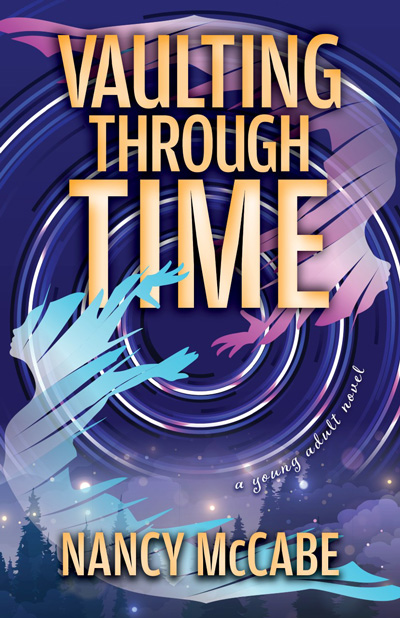
Estimated reading time: 5 minutes
When a young student is forced to contend with her poor handwriting, a creative journey ensues which fosters a beloved career as…a writer
—
When I was young, I wrote stories constantly—mostly handwriting them, developing strong hand muscles in the process since there were times that I spent six or eight hours in a day writing. (“Isn’t that a little obsessive?” a student once asked me. Yes, it is. Creative people are often obsessed with their art!)
The joy of writing by hand was that it put me in close contact with the page, with each sentence, each word, allowing me to completely immerse myself in my stories. The disadvantage was that I had (and still have) messy handwriting. Sometimes I can’t even read it myself.
Nowadays, I’m more likely to use a computer, but I still enjoy the energy of rough drafts, those first inspired sprints through stories, wildly and freely capturing ideas and moments, dialogue and description. I don’t worry too much about grammar or structure on the first pass; I don’t show anyone else my early drafts.
I revised my recent young adult novel Vaulting through Time probably hundreds of times. From its origins as a couple of scenes handwritten during lulls in gymnastics meets where my daughter was competing, to becoming a messy rough draft, to gradually finding its final form, I loved being immersed in the world I’d created in which a gymnast has to travel through her family’s past and the history of gymnastics in order to solve the mystery of her own origins.
I first learned about the pleasures of revision by accident—and because of my messy handwriting.
My sixth-grade English teacher, Mrs. Marshall, announced that she was going to offer some extra creative freedom to the best students in the class. These select students, she said, would be placed “on contract.” That meant we would design our own assignments and due dates.
I was pumped. I couldn’t wait to get started.
Mrs. Marshall read aloud the list of students she had chosen. My name wasn’t on it.
I was stunned. Had she accidentally skipped over me?
Before I could raise my hand to ask, the class exploded.
“Why isn’t Nancy on contract?” asked one classmate, and another said, “She reads more books than anyone!” “She writes all the time!” someone else added.
Mrs. Marshall waved the class to silence. “Nancy McCabe is not on contract,” she said, “because her handwriting is so sloppy that I can’t read anything she writes.”
A roar once again rose. “That’s not fair!” my classmates protested.
In the face of this mutiny, Mrs. Marshall agreed to place me on contract—but only if I would take more care with my handwriting.
I vowed to be worthy of my classmates’ faith in me and to nail my probationary period. So I wrote the first sentence of my first assignment slowly and carefully and neatly.
But as I became more and more absorbed in the process, my handwriting loosened up and then turned to a scrawl and then, gradually, to hieroglyphics. By the time I yanked myself out of my writing trance, I realized that I was going to have to copy the whole thing over again.
So I pulled out a clean page and set to work.
But then I thought, wait, what if I changed “said” to “yelled” or “stumbled” to “staggered”?
I was off and running, substituting one word for another, adding a descriptive phrase here, throwing in a transition there. The next thing I knew, my page was covered with messy handwriting and marked out phrases and words up and down the margins.
I started again.
And again.
And again.
This sounds pretty tedious, I know, but actually, I was having fun, seeing how much my story improved each time.
I don’t remember if I ever produced a copy that Mrs. Marshall could actually read, but she let me stay on contract. What I learned that year set me up for a rewarding lifelong career, even if what I learned wasn’t what Mrs. Marshall had originally intended.
I’ve come to believe, as writer Anne Lamott says in her book Bird By Bird, that it’s essential to write that “shitty first draft” to get to the good stuff. If a piece comes out too perfect on the first try, I get nervous. I worry that I’m not following my subconscious to the even deeper, richer ideas that usually emerge when I let myself start by writing that wild first draft.
I love that nowadays, teachers often encourage students to write what they call a “sloppy copy” before preparing the real thing. And I’m grateful for my terrible handwriting, since it led me to discover the joys of revision. Even though sometimes I still can’t decipher my scrawls, they remind me how enriching it can be to embrace and learn from our imperfections.
You may also enjoy reading Finding Your Passion: I Got Here as Fast as I Could, by Nan Tepper
